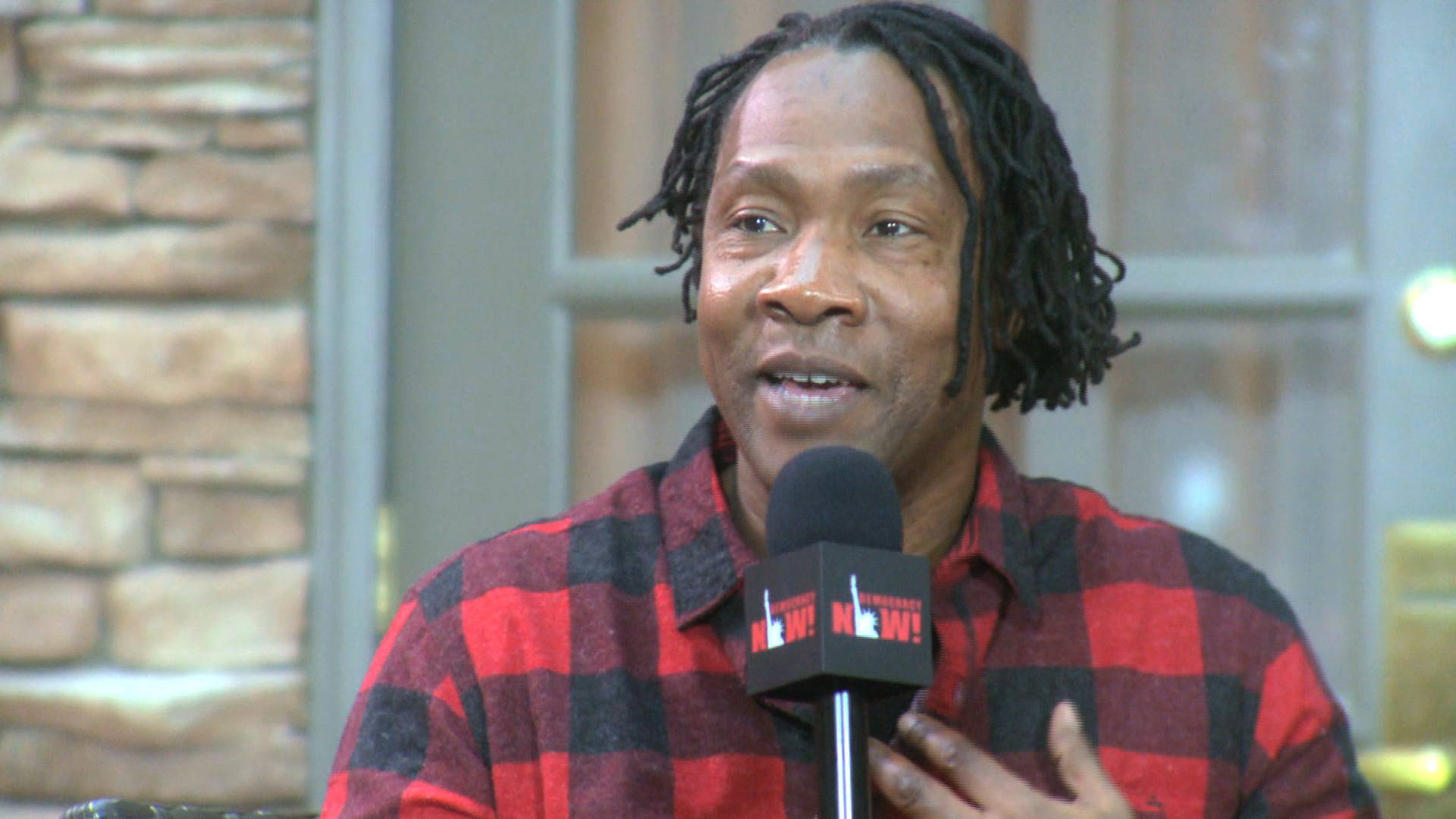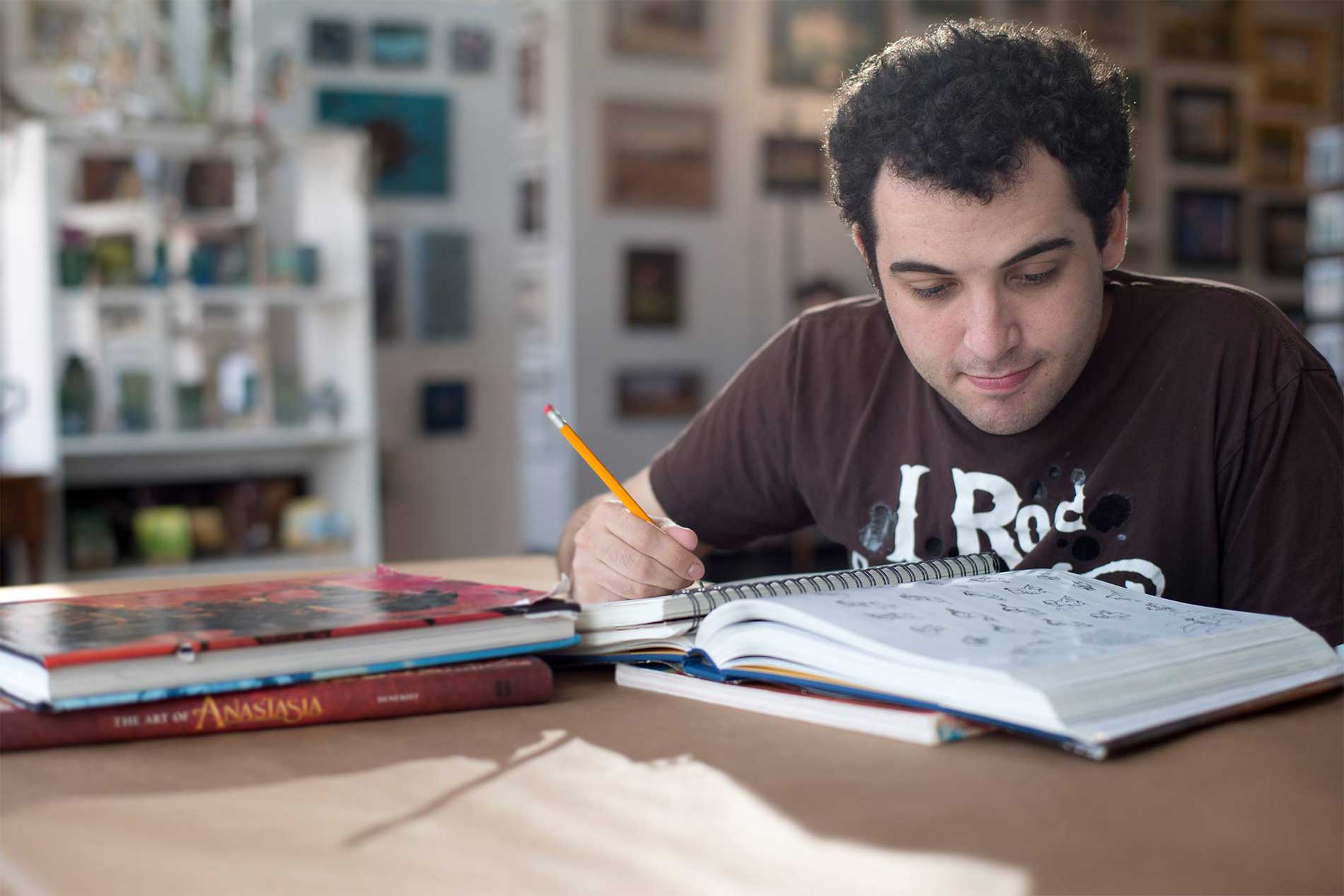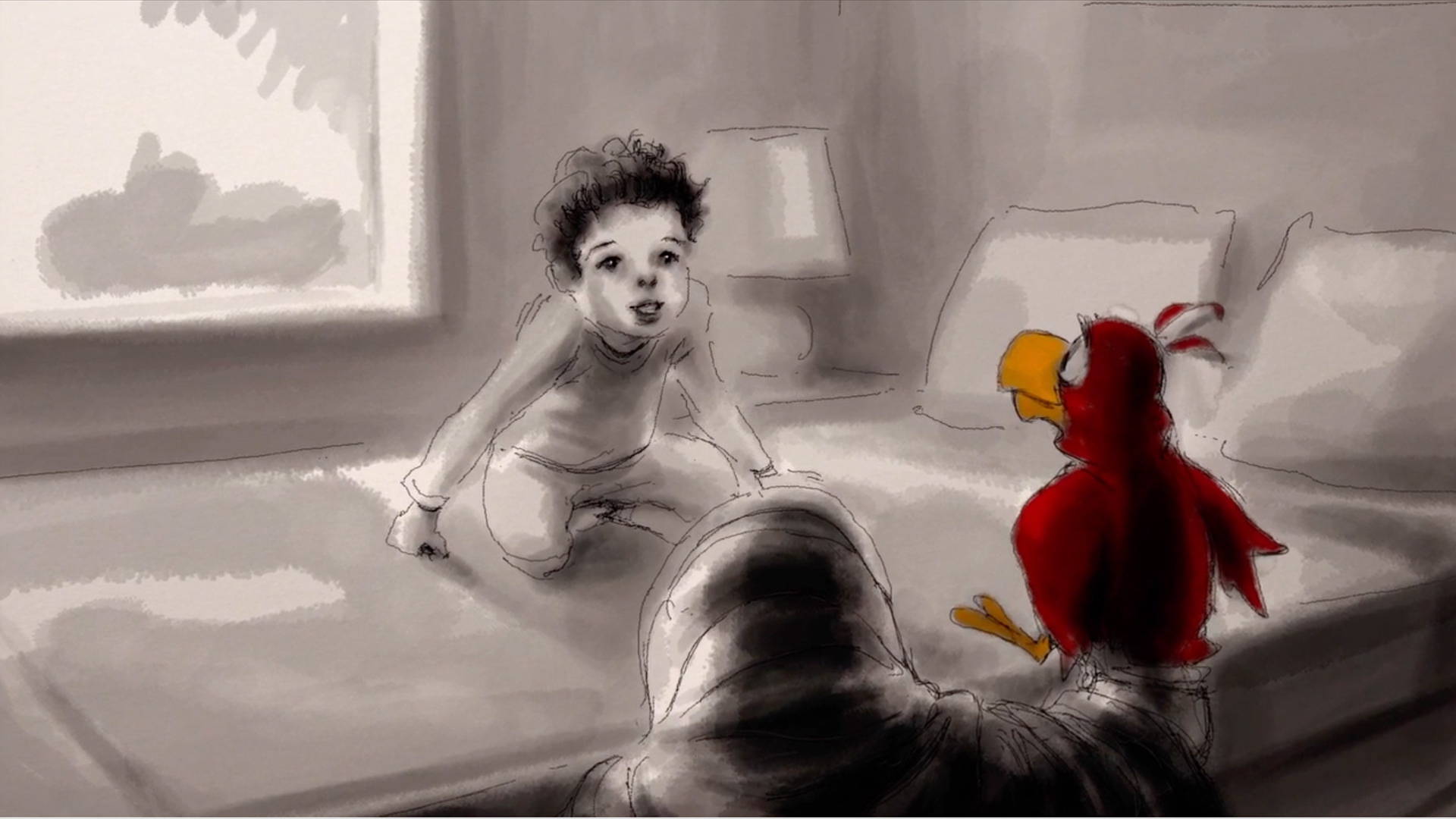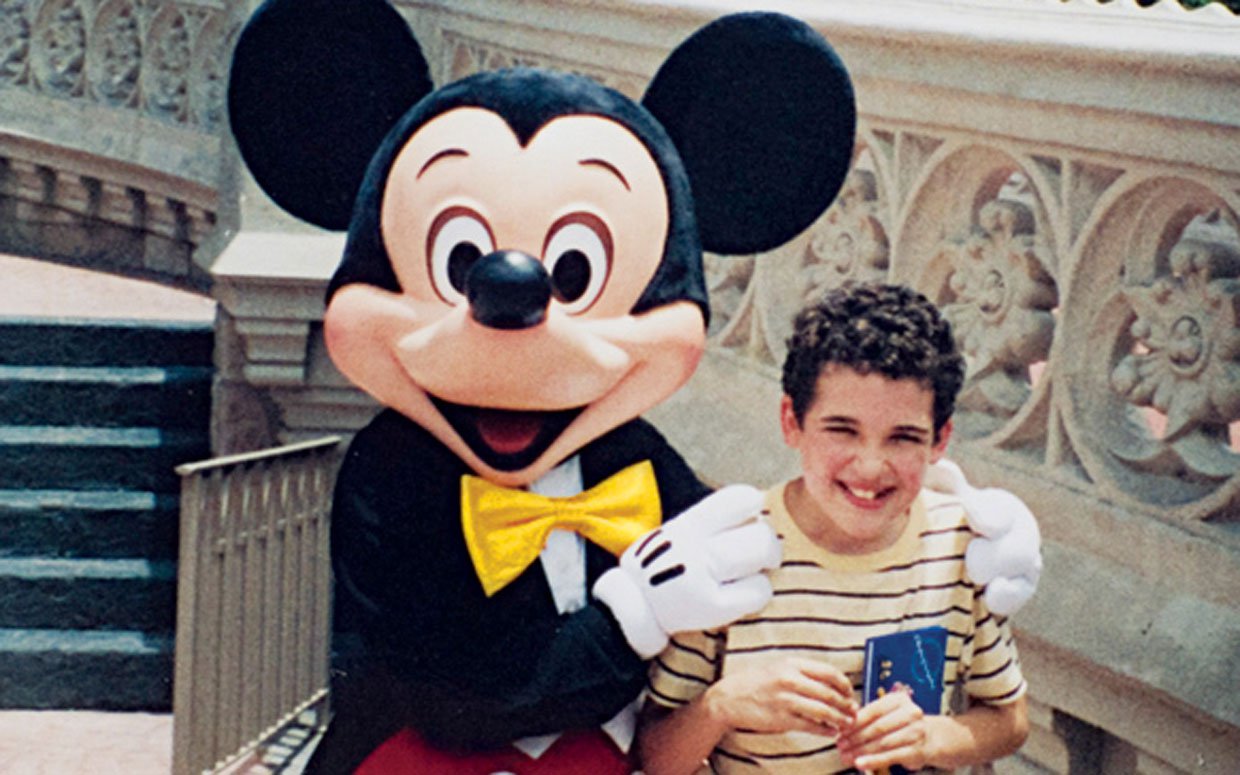Ask the Director: Roger Ross Williams on “Life, Animated” and Portraying Disability on Film
Life, Animated (2016) is a moving documentary that takes viewers into the interior life of Owen Suskind, a young autistic man for whom Disney films have provided a powerful channel for communication, understanding and progress. Based on the bestselling book of the same name by Owen’s father, Ron, the film is primarily structured around interviews with the Suskind family. It’s also supplemented by animated segments that enhance the film’s sense of discovery and help bring Owen’s world to life.
We had the chance to speak with Academy Award-winning director Roger Ross Williams about his relationship with the Suskind family, the current climate of disability-centric films, and telling Owen’s story from the inside looking out.
ScreenPrism: How did you get involved with telling the Suskind’s story?
Roger Ross Williams: I’ve known [the Suskind family] for 15 years, and Ron [Suskind] and I worked together at ABC News. [We worked on the series Life 360], a joint production of ABC and PBS, and I actually did a piece about [Owen’s mother] Cornelia’s parents on how they met. I also helped out with Owen’s bar mitzvah video, actually, so I’ve sort of been their in-house documentarian for many years.
SP: Did your familiarity with the family help at all in making the documentary?
RRW: Cornelia often says that she wouldn’t have made this documentary with anyone else. Ron is a very public person and Cornelia is a very private person, and I think because I’ve known them for so long — and because I made a piece about Cornelia’s parents, of all things — they really felt comfortable. I think that’s why you can feel that sort of intimacy in the film.

Roger Ross Williams
SP: Recent disability-centric movies like Finding Dory (2016) and Me Before You (2016) have elicited strong reactions. What was your approach to creating a positive depiction of autism awareness?
RRW: I wanted audiences to come away with the idea of embodying the world of someone with autism. It’s almost like autism is its own genre of film now, and so many autism films and films about people with disabilities are really about the outside looking in. This was about the inside looking out. The way people were going to connect with Owen is to connect with his world and who he is and really experience the world through his eyes. That was always the goal so that people who don’t know anything about autism — who are uncomfortable or look past people with autism — can really understand who they are and who Owen is. I think in the arc of the film, you meet Owen and he’s talking to himself and he’s pacing, and you’re uncomfortable. You’re like, “What’s going on?” By the end of the film, you know exactly what’s going on; you know exactly what’s going on in his head and this rich world he’s created.

Owen in Life, Animated
Owen has so much because he’s such an expert on myths and fables – that’s what these Disney films are, classic myths and fables. Because he’s such an expert on that, he becomes an expert on life. These stories have been told for thousands of years. They’re something we all need to survive and they connect us with one another. And so Owen is an expert on what it is that makes us human, an expert on these sort of wise looks at who we are. And that’s amazing. I think everyone with autism has some special thing to offer the world if we just stop and look and pay attention and appreciate them. So it’s about that message coming through – people with autism have something to offer, and we’re losing out as a society if we look the other way.
SP: Can you talk about the team involved with the animation and music? How did those elements help to reflect Owen’s experience?
RRW: The animation was done by this amazing production company called Mac Guff in Paris. I loved the work that the French were doing. It was 2D animation, and it was important that the animation felt very different from Disney because this was Owen’s interpretation— this was Owen’s world of the sidekicks. The last chapter in Ron’s book [Life, Animated: A Story of Sidekicks, Heroes, and Autism] is the story of the sidekicks that Owen wrote and created, which is really his autobiography. It was about bringing that to life in a way that stayed true to Owen’s voice. Owen created the monster “Fuzzbutch,” which breathes fuzziness in your head and is symbolic of autism. Owen created this world and it was really about bringing it to life, and I just had the most talented group of young animators in Paris to do that.

Life, Animated
The same thing is true of the music. The music for the animated story was composed by this kid, Dylan Stark, a 23 years old—now 25—genius electronic music composer from Portland, Oregon. I wanted him to be the same age as Owen and I wanted him to have the same influences as Owen. He used Owen’s self-talking and he used the sound of VHS rewinding and fast-forwarding. All of these sounds really elicit an experience that we go through in the film; the experience of sound is as important as the visuals. We worked at Skywalker Ranch with Al Nelson and Pete Horner and created a sensory experience and that was really, really important to me.
SP: I saw Owen at the premiere in person, and he seemed so comfortable at the Q&A after the film. It made me think about how terrified any of us would be at the premiere of our own film. How do you think the filmmaking process and the promotion of the film has helped or affected Owen?
RRW: I think Owen has thrived since the film premiered at Sundance. We didn’t know how he was going to react to being in front of such big audiences, but he has embraced it. The family has gone to almost all the film festivals we’ve been in — LA, San Francisco International, True Falls, and Full Frame — and Owen just thrives in front of audiences. He loves to run the Q&A and call on people after the screening.

Owen in Life, Animated
SP: Yes, he was so fun!
RRW: Yeah! I think he’s really grown from this experience in [terms] of his social interaction. He still needs his down time, that’s for sure. But he can interact with people after screenings for sometimes an hour or so! When we’re doing panels he can sit on stage and answer questions. Talking to people and shaking hands and [being told] how great he is and is doing – it’s amazing. I think Ron and Cornelia are pretty amazed by how much he’s taken to this. Owen was not someone who was social like that, and I think that this has really changed his life. So it’s really great.

